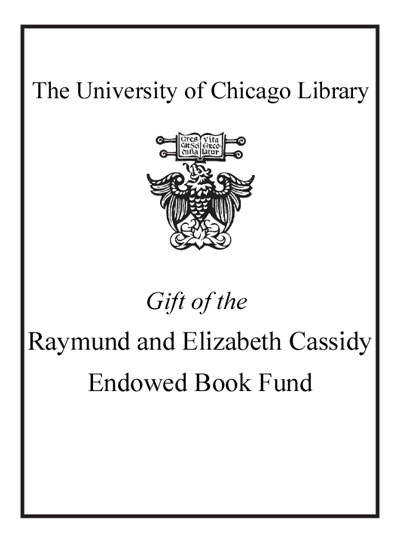Review by Choice Review
Brown and Shortell's compilation presents a range of contemporary research pertaining to the experience of walking in urban places. The article authors examine different meanings of walking for people in a variety of cities and the implications of related everyday interactions in these settings to such important social variables as race, ethnicity, socioeconomic class, and gender. Instead of focusing on walking in only one type of place, it is commendable that the authors have included research from locales ranging from so-called "world cities" such as Sydney and Washington, DC; megacities including Chicago and Tehran; and smaller regional locales, such as New Orleans, El Paso, and Providence, RI. Contributors discuss walking in different settings within cities as well as including downtowns, suburban landscapes, and barrio neighborhoods in multiple US cities. For the most part, the volume is broadly accessible, though the introductory chapter and a few articles are a bit dense in terms of sociological theory. Of strongest interest to students, scholars, and practitioners working in urban sociology, urban planning, and urban studies. Summing Up: Recommended. All academic levels/libraries. --Mark E. Pfeifer, State University of New York Institute of Technology
Copyright American Library Association, used with permission.
Review by Choice Review

